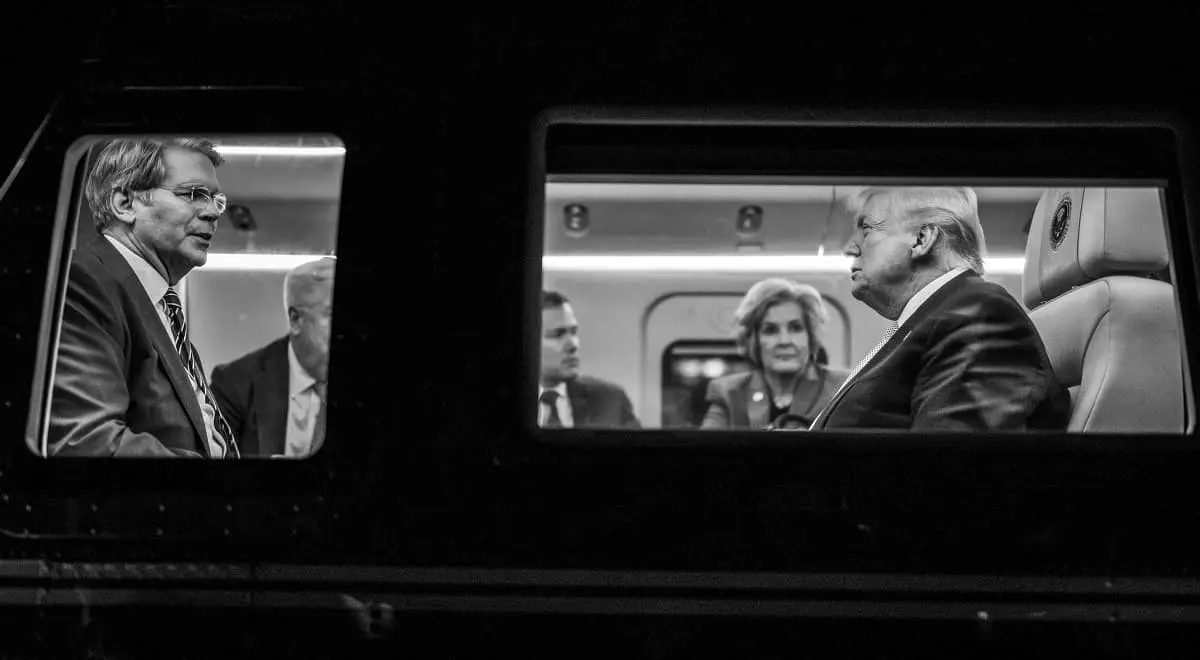
As U.S. President Donald Trump and Chinese President Xi Jinping gear up for high-stakes trade talks on the sidelines of the APEC Summit in Gyeongju, optimism swirls around a potential US-China truce. Trump has teased a “good deal” on tariffs, soybeans, and rare earths – a temporary ceasefire in the escalating trade war that began with his 25% global tariffs earlier this year. Xi arrives tomorrow, with meetings set for Busan, promising a “great outcome for the world.”
But while superpowers toast progress, the Global South – from African exporters to Southeast Asian manufacturers – watches with dread. Why? A bilateral pact risks sidelining 130+ developing nations, forcing them deeper into the US-China vise.
APEC 2025: From Trade War to Truce?
Fresh off Trump’s Asia tour, the Gyeongju APEC CEO Summit buzzes with deal-making:
- Tariffs slashed? U.S. eyes dropping levies on Chinese goods from 25% to 15%, mirroring recent South Korea concessions ($350B investments, $100B LNG buys).
- Key wins: China seeks rare earth access; U.S. demands soybean purchases and tech curbs.
- No grand bargain: Experts predict a 3-month rolling truce, not decoupling reversal – rivalry endures on AI, EVs, and security.
South Korea’s President Lee Jae-myung hosts amid protests (“No Trump! No China!”), highlighting the crunch: $1.2T trade exposure to both giants.
Global South’s Nightmare: Economic Dependence Meets Superpower Games
The Global South (home to 85% of world population, 40% GDP) thrives on balanced ties:
- China: $2T+ Belt and Road Initiative (BRI) loans; 20% of African exports.
- U.S.: $500B annual aid/investments; top market for Latin American commodities.
A US-China deal amplifies risks:
| Region | US Leverage | China Leverage | Deal Trap |
|---|---|---|---|
| Africa | $60B investments (2025) | $170B BRI debt | Cheaper Chinese minerals undercut local mining; debt defaults rise 15%. |
| Latin America | Soybean rival to Brazil | $100B loans (Venezuela, Argentina) | Tariff truce floods markets, Brazil exports drop 10-12%. |
| SE Asia | Vietnam’s $120B U.S. exports | Indonesia’s $50B BRI ports | “Friendshoring” diverts factories; Vietnam GDP hit -1.5%. |
| India/South Asia | Quad security pacts | $20B CPEC (Pakistan) | Tech bans limit Huawei 5G; rare earth deal spikes costs 20%. |
World Bank warns Global South GDP growth could slip 0.8% if rivalry intensifies post-truce – $1.5T lost by 2030.
Stuck in the Middle:
Trade Diversion Hits Hard Post-deal, Chinese exports surge 15-20% to U.S., undercutting Global South rivals. Copper prices already up 8% on optimism – great for miners, disastrous for importers like India (+25% input costs).
Tech & Supply Chain Split
- U.S. “de-risking”: Bans Huawei in 40 Global South nations; forces $100B rerouting.
- China’s response: Rare earth dominance (90% supply) – deal locks it, hiking EV battery costs 30% for African assemblers.
- Debt & Aid Weaponized China holds $1T Global South debt; U.S. ties aid to “anti-China” votes. Argentina’s 2025 default scare: Sided with U.S., lost $30B Chinese swaps.
- Security Squeeze Pacific Islands pick: U.S. bases or Chinese ports? Philippines tensions escalate; Taiwan shadow looms.
X buzz: Analysts note Trump’s Africa appeal could peel back BRI allies, but at what cost? “Xi’s Global South plan crumbles,” one expert posted.
Protests Echo Global Angst
In Seoul, hundreds chant against both – mirroring Jakarta rallies (Oct 2025) fearing factory exodus and Nairobi demos over Chinese land grabs. Pew 2025 poll: 65% Global South view rivalry as “top threat” – up from 52% in 2024.
South Korea preview: Even a $450B U.S. investor, Hyundai reels from 300-worker raids. “Cash cow” jabs erode trust; 90% still see U.S. as ally, but China threat perception at 33%.
A Multipolar Mirage?
- Short-term: +2% global growth from truce; stock surges (Asia +3% today).
- Long-term: Fragmented trade blocs – Global South loses $800B in foregone gains.
- Climate casualty: COP30 looms; deal ignores green tech sharing, dooming $100B adaptation funds.
Escape? BRICS+ expansion (10 new members 2025) pushes neutrality, but U.S. sanctions loom.
As Trump boasts “finalized soon” deals, Lee’s dance warns: Bilateralism breeds losers. Global South unity – via G77+China at UN – is key. Demand multilateral rules at WTO reform (2026).